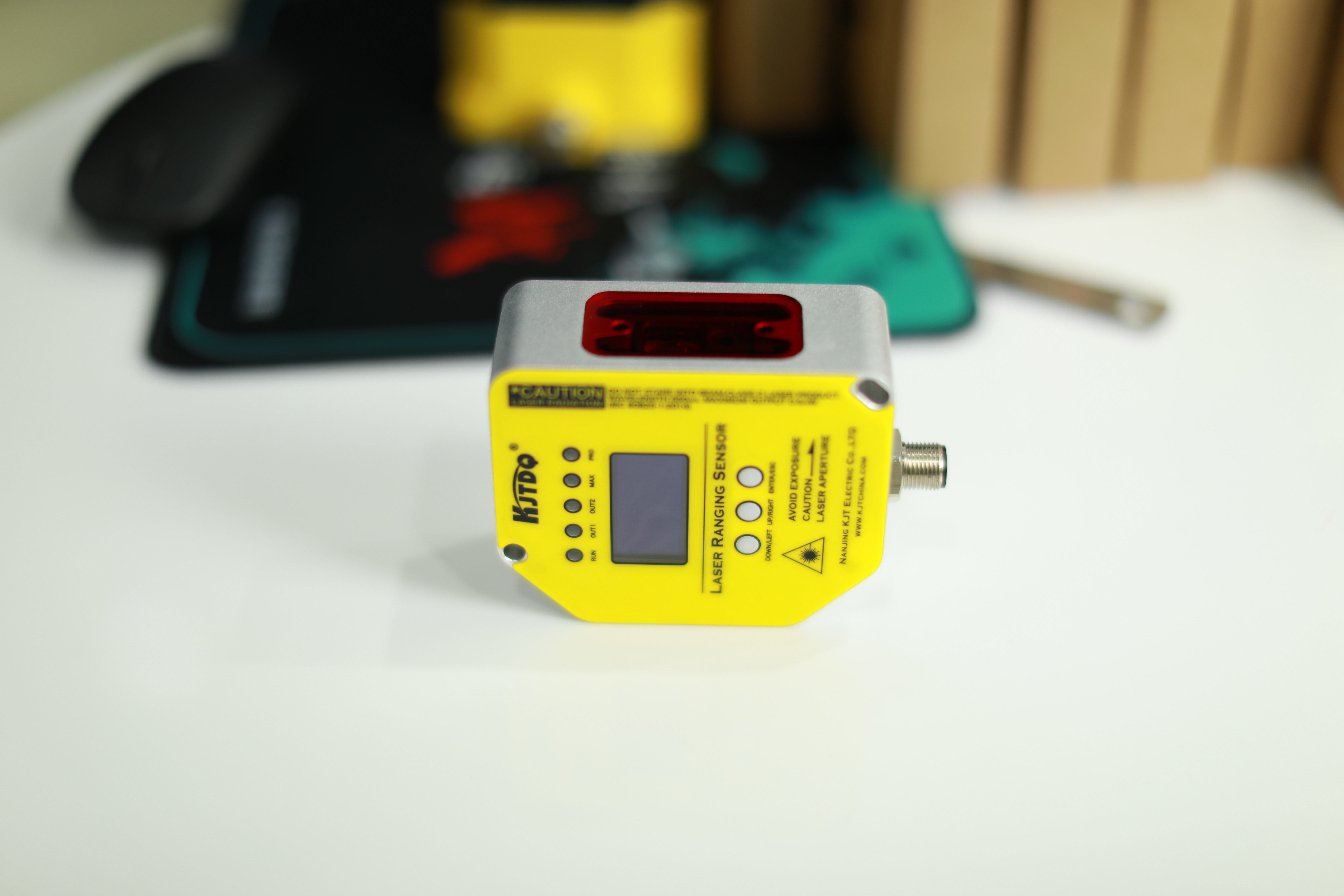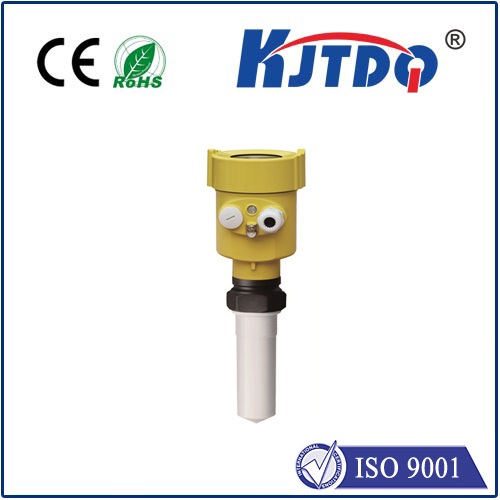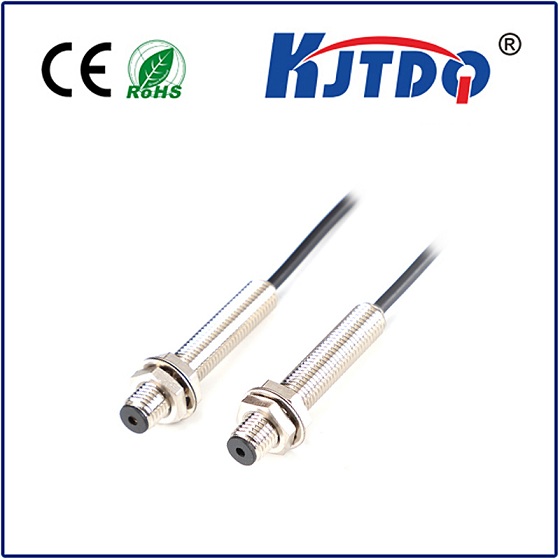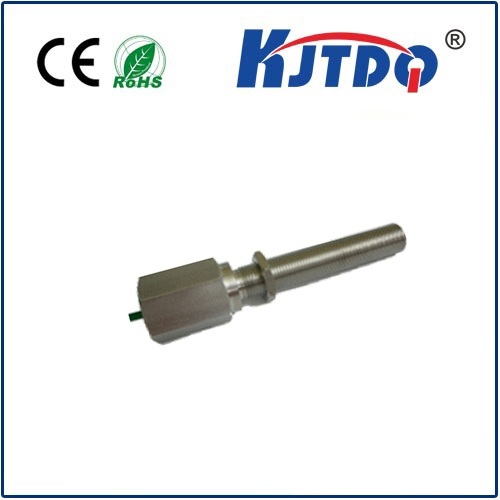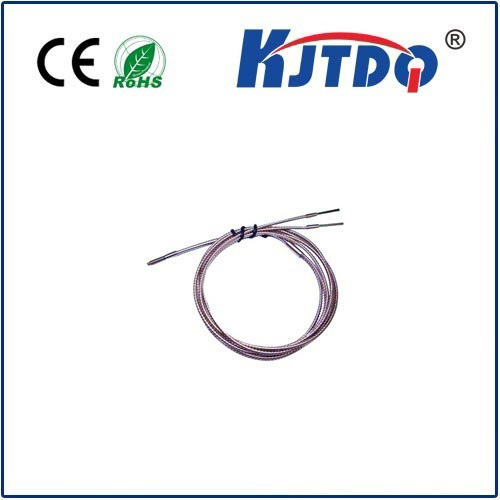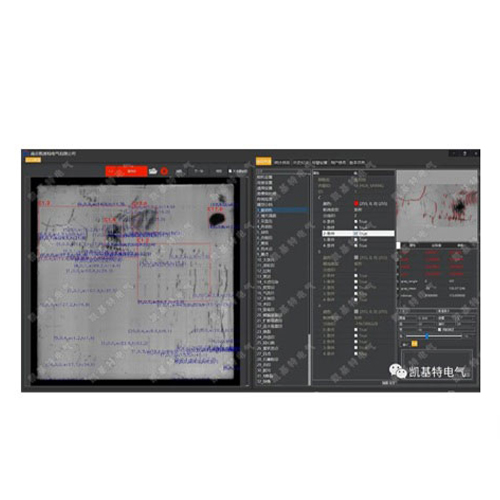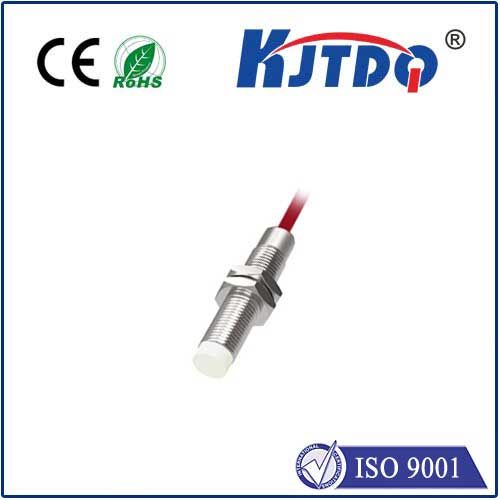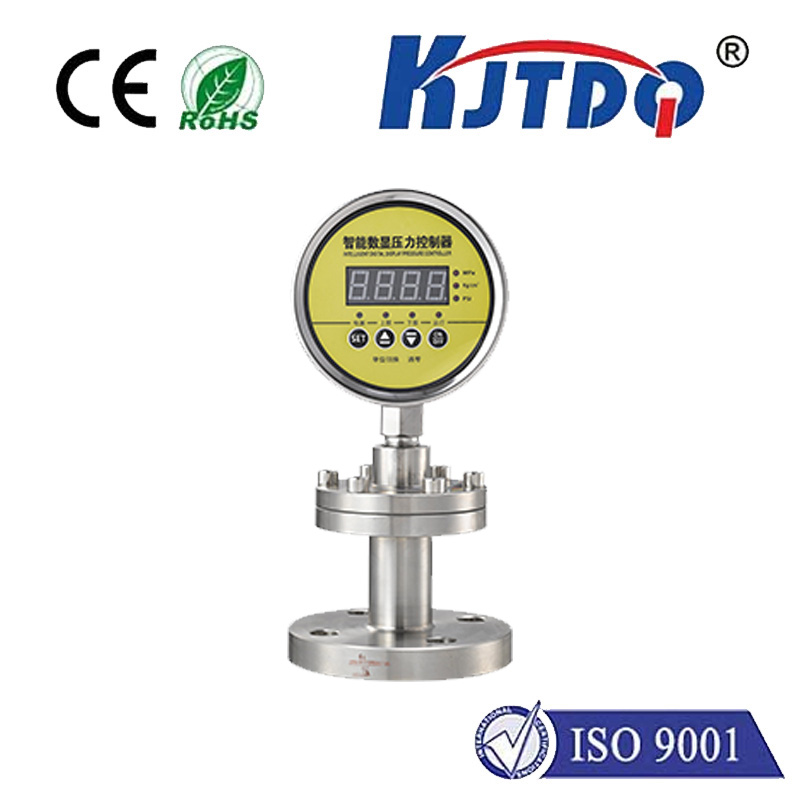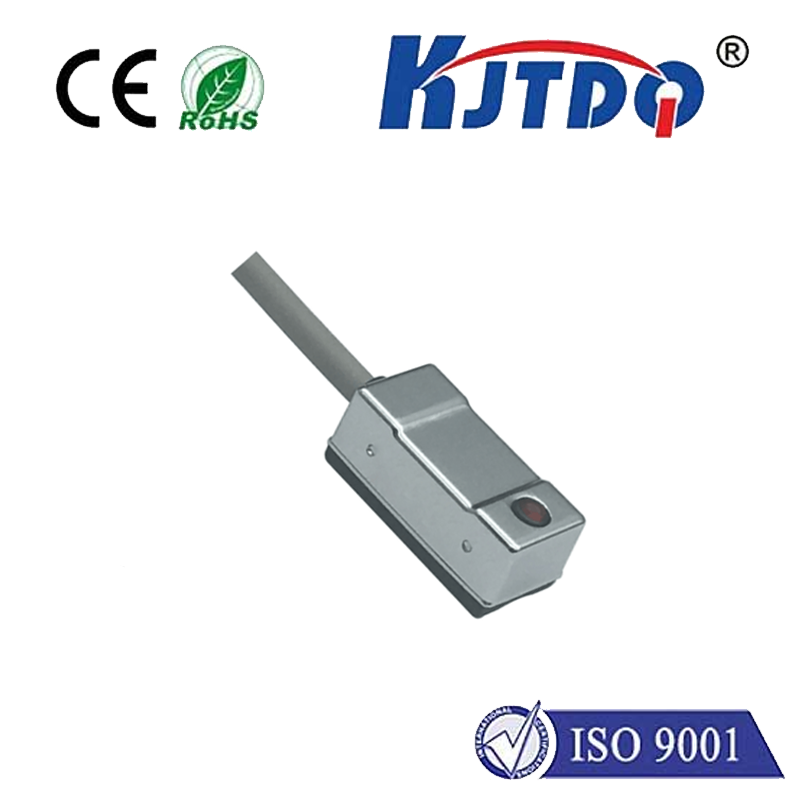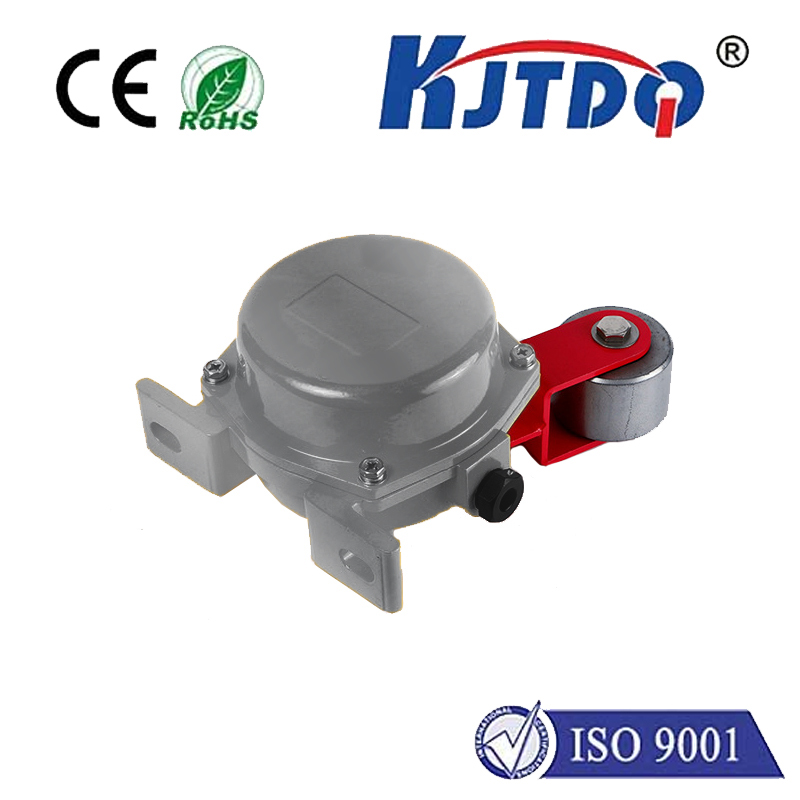thermosensor
- time:2025-08-20 03:53:19
- Нажмите:0
Thermosensors: The Unseen Sentinels Governing Our Temperature-Dependent World
Imagine a world where food spoils unnoticed, engines meltdown without warning, medical diagnostics lack precision, and our homes become uncomfortable energy sinks. This was reality before the silent, ubiquitous heroes – thermosensors – revolutionized how we measure and manage heat. These remarkable devices, translating the invisible language of temperature into actionable data, are fundamental cogs in the machinery of modern life. Understanding how they work and where they operate reveals an intricate network of thermal guardians ensuring efficiency, safety, and innovation across countless domains.
At its heart, a thermosensor is a transducer. It converts the physical phenomenon of temperature into a different, measurable signal – typically electrical (like voltage or resistance) or sometimes optical. The magic lies in the diverse physical principles harnessed:

- Thermoresistivity: Many materials change electrical resistance predictably with temperature. Thermistors leverage this dramatically, offering high sensitivity (especially Negative Temperature Coefficient or NTC types where resistance decreases as temperature rises). Resistance Temperature Detectors (RTDs), often made from ultra-pure platinum (Pt100/Pt1000), provide exceptional accuracy and stability over wide ranges using this principle.
- Thermoelectricity: When two dissimilar metals are joined, a voltage is generated proportional to the temperature difference between the junction and the other ends (Seebeck effect). This is the foundation of thermocouples. Rugged, wide-ranging, and self-powered, they are workhorses in industrial furnaces, jet engines, and anywhere extreme conditions prevail.
- Semiconductor Junctions: The voltage across a semiconductor p-n junction decreases linearly as temperature increases. Silicon bandgap temperature sensors exploit this, offering excellent linearity and ease of integration into electronic circuits for digital thermometers and microcontrollers.
- Infrared Radiation: All objects emit infrared radiation proportional to their surface temperature. Infrared thermometers and thermal imaging cameras use specialized sensors to detect and measure this radiation without contact. This is vital for spotting electrical faults, monitoring processes from a distance, medical screening (like fever detection), and building diagnostics.
The applications of thermosensors are astonishingly vast, touching nearly every industry:
- Consumer Electronics & Comfort: Your smartphone monitors its processor temperature to prevent overheating and throttle performance. Smart thermostats rely on precise ambient temperature sensing to optimize HVAC systems, saving energy. Refrigerators, ovens, coffee makers – all depend on thermal sensors for correct function.
- Automotive Performance: Modern vehicles are packed with thermosensors monitoring engine coolant, intake air, exhaust gas (for emissions control), transmission fluid, battery packs (especially in EVs), and cabin climate. Accurate temperature data is critical for engine management, battery longevity, passenger comfort, and safety systems.
- Industrial Process Control: Manufacturing hinges on precise thermal conditions. Thermosensors monitor chemical reactions, metal smelting, plastic molding, food pasteurization, and semiconductor fabrication. Process efficiency and product quality are directly linked to reliable temperature monitoring.
- Healthcare & Medical Advancements: From basic clinical thermometers (often digital thermistors) to sophisticated MRI machines requiring cryogenic cooling monitoring, thermosensors are indispensable. They ensure patient safety during surgeries (monitoring body temperature), enable precise laboratory equipment (incubators, analyzers), and are crucial in developing advanced treatments like cryotherapy or targeted thermal ablation.
- Energy Management & Building Automation: Optimizing energy use in large buildings and power plants relies heavily on networked thermosensors. They track ambient temperatures, monitor equipment health (transformers, turbines), and ensure efficient heating/cooling distribution.
- Safety & Environmental Monitoring: Fire alarms often utilize thermistors for rapid heat detection. Thermal runaway protection in lithium-ion batteries relies on integrated thermosensors. Weather stations measure atmospheric temperature critical for forecasting and climate studies. Early warning systems for overheating machinery prevent catastrophic failures.
- Scientific Research: From probing the depths of the ocean to studying the frigid vacuum of space, specialized thermosensors enable groundbreaking research. They provide data on climate change, material properties under extreme conditions, and biological processes.
Selecting the right thermosensor involves careful consideration:
- Temperature Range: Where must it operate? Cryogenic, room temp, high heat?
- Accuracy & Stability: How precise does the measurement need to be over time?
- Response Time: How quickly must it detect a temperature change?
- Robustness: Resistance to vibration, moisture, chemicals, or electromagnetic interference?
- Output Signal & Connectivity: Analog voltage, resistance, digital protocol, wireless?
- Cost & Size: Constraints dictated by the application.
Infrared thermography, enabled by advanced IR thermosensors in cameras, deserves special mention. It allows non-contact visualization of temperature distributions, finding immense use in electrical inspections (finding hot spots), building diagnostics (heat leaks), manufacturing quality control, predictive maintenance, medical imaging, and law enforcement/search & rescue.
The landscape of Температурная индукция continues to evolve rapidly. Miniaturization allows tiny sensors to be embedded almost anywhere. Wireless connectivity enables vast sensor networks for smart factories and cities. Increased intelligence at the sensor level allows for local data processing and faster response. Higher accuracy and broader ranges push the boundaries of what’s measurable. Material science breakthroughs promise sensors capable of operating in even harsher environments or offering new sensing modalities. The drive for energy efficiency and predictive maintenance is fueling demand for ever more sophisticated thermal monitoring solutions.
From the humble thermostat ensuring your comfort to the complex sensors safeguarding billion-dollar industrial processes or enabling life-saving medical procedures, thermosensors are indispensable. They are the fundamental enablers translating the ethereal concept of heat into the precise digital language our technology understands. As our world grows increasingly automated and reliant on optimal thermal conditions, these unseen sentinels will only become more sophisticated, more connected, and more critical in silently orchestrating the delicate thermal balance upon which our progress depends. Their ongoing evolution promises greater efficiency, enhanced safety, revolutionary medical interventions, and deeper scientific understanding – all measured one degree at a time.


